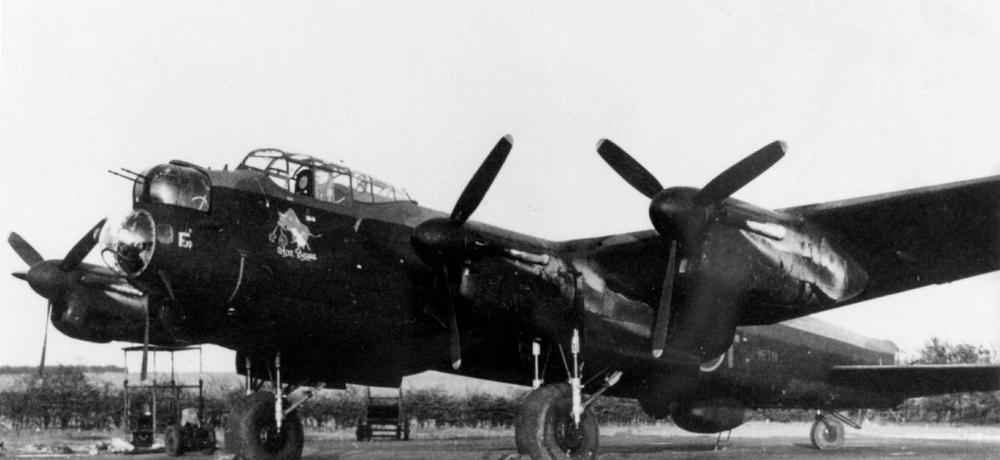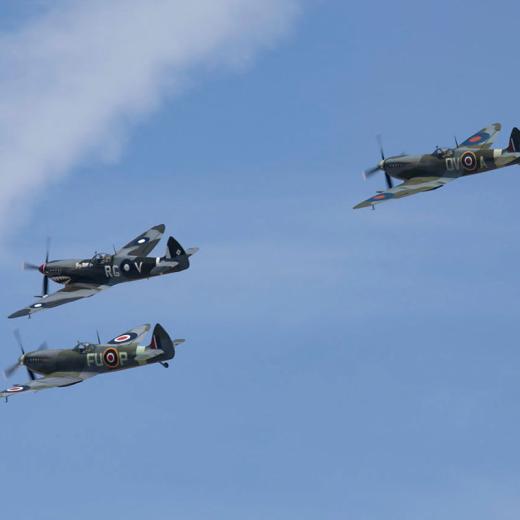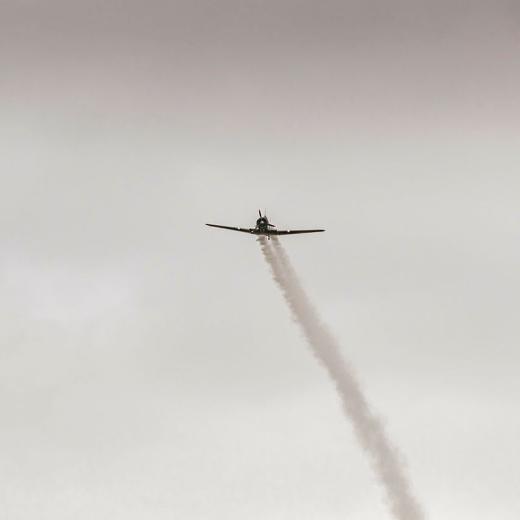BLUF
In May 1943, the RAF bombed German dams to disrupt their war production using Lancaster bombers and a new weapon called the "bouncing bomb". The bomb had to be dropped at a specific height and speed to bounce across the water and destroy the dam.Summary
This Article from the Imperial War Museum makes the following points
- Three dams were targeted and two breached
- Limited impact on industrial production but a significant British morale booster.
- 53 aircrew were killed, three became prisoners of war, and almost 1,300 people were killed on the ground due to flooding.
- 617 Squadron Leader Guy Gibson was awarded the Victoria Cross.
References
Recent Runway Posts related to this topic:
- Second World War, 1939–45 - The Runway (airforce.gov.au)
- Bombing Berlin: The Biggest Wartime Raid on Hitler's Capital - The Runway (airforce.gov.au)
- RAF Bomber Command During The Second World War - The Runway (airforce.gov.au)
- The most iconic heavy bomber of World War II - The Runway (airforce.gov.au)
- World War II's Allied Raid of Berlin Involved 1,000 Bombers (But Germany Fought On) - The Runway (airforce.gov.au)
References from the Web:
- An Australian crew of No. 617 Squadron RAF, (The Dambusters), dwarfed by the 22,000 pound "Grand ...-Australian War Memorial
- DEC 2022 Bomb aimer was last survivor of Dambusters raid-Sydney Morning Herald
- DEC 2022 Last surviving Dambuster, ‘Johnny’ Johnson, dies aged 101-the Guardian
Source Information:
- Article Source: Imperial War Museums (iwm.org.uk)
- Media Check: Imperial War Museum UK government supported Imperial War Museums (iwm.org.uk)
- RAAF RUNWAY: RATIONALE, GUIDELINES, LEARNING OUTCOMES, ETC





